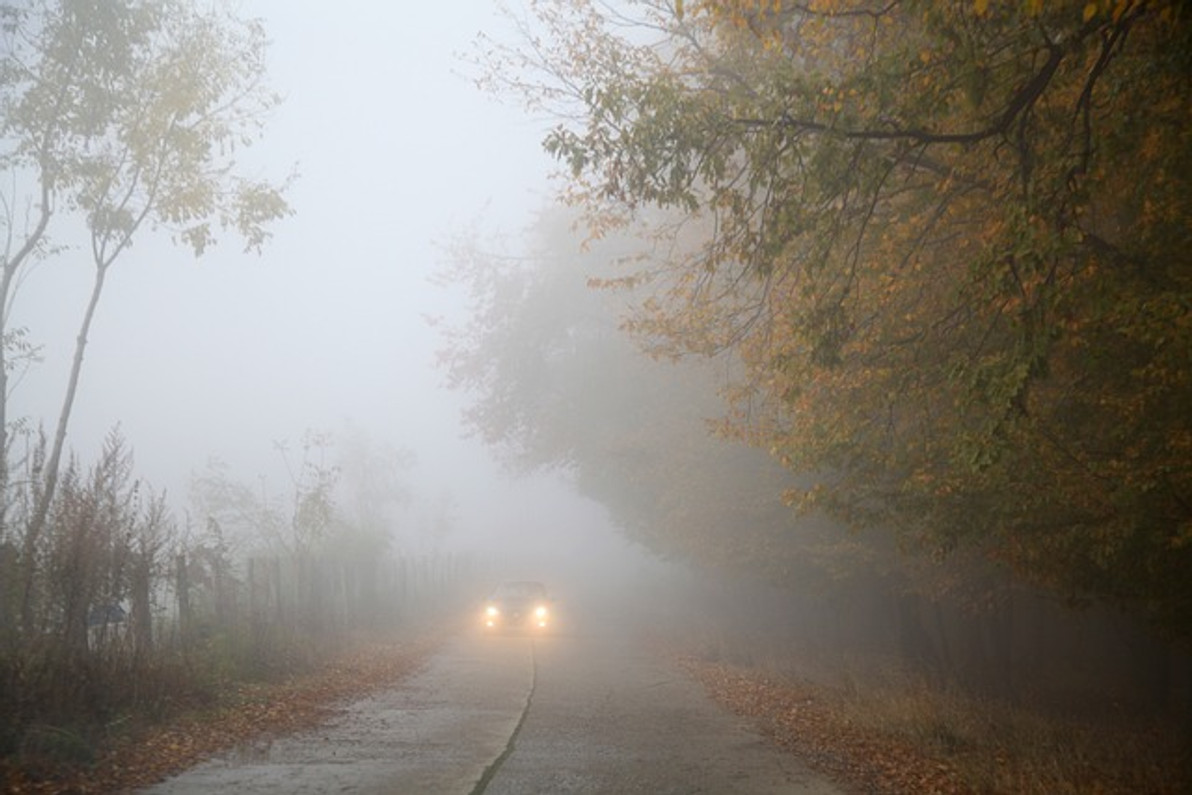5 Safety Tips to Follow When Driving in Foggy Weather
Fog is more than just a nuisance; it poses a serious safety hazard when driving. A report by the U.S. Federal Highway Administration (FHWA) found that over 16,000 people are injured each year in fog-related automobile accidents. When fog begins to blanket the roadway, you should follow a few safety tips to lower your risk of an accident. Below are five important safety tips to follow when driving in foggy weather.
#1) Create More Space Between Vehicles
Creating more space between your vehicle and other vehicles on the road can lower your risk of an accident when driving in foggy weather. Normally, you should give yourself a two-second stopping distance between your vehicle and the vehicle in front of you. In foggy weather, though, you should give yourself at least five seconds of stopping distance.
#2) Check Your Brake Lights
if there's dense fog present, take a minute to check your vehicle's brake lights before driving. Other vehicles may follow closely behind your vehicle. If one or both of your vehicle's brake lights don't work, they may run into you. Checking your brake lights before stepping behind the wheel will lower your risk of an accident when driving in foggy weather.
#3) Use Your Vehicle's Fog Lights
Speaking of lights, you should use your vehicle's fog lights when driving in foggy weather. Fog lights are a special type of headlight that, as the name suggests, increase visibility in foggy weather. While using your vehicle's standard headlights may create a glare, fog lights will allow you to easily see through the fog.
#4) Turn on Your Vehicle's Windshield Wipers
Another safety tip to follow when driving in foggy weather is to turn on your vehicle's windshield wipers. Fog is the result of moisture vapor condensing in the air. When driving in foggy weather, some of this moisture vapor will collect on your vehicle's windshield. Turning on your vehicle's windshield wipers will remove it so that you're able to see more easily.
#5) Pull Over If Needed
Don't be afraid to pull over if the fog is too dense. Fog, of course, is a safety hazard. You won't be able to see as far down the road in foggy weather as opposed to clear weather. And the denser the fog, the lower the visibility will be. Pulling over and waiting for the fog to pass can prevent accidents from occurring.
Recent Posts
-
Fire Safety in the Workplace: What You Need to Know
What steps are you taking to prevent fires in your workplace? According to the U.S. Occupational Saf …Aug 23rd 2023 -
Is It Safe to Go Jogging With a Cold Infection?
If you're suffering from a cold infection, you might be wondering whether it's safe to go jogging. T …Aug 22nd 2023 -
5 Safety Tips to Follow When Using a Powder-Actuated Tool
Powder-actuated tools are commonly used to join materials to steel and concrete. Also known as Hilti …Aug 20th 2023




